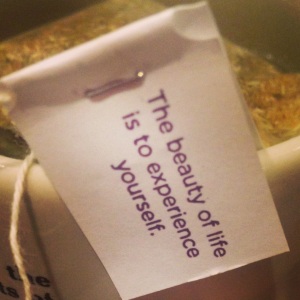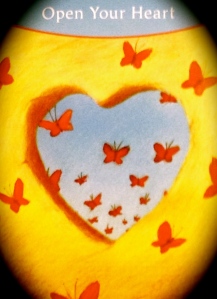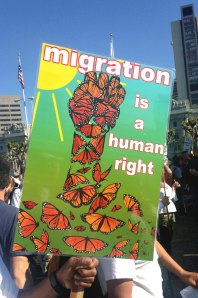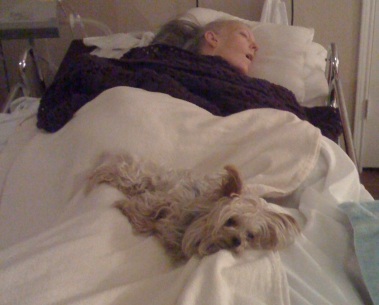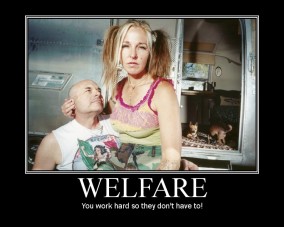The holidays can be a really stressful time for a number of reasons. Shorter days with less sunlight, plus colder temperatures, beckon us to spend more time indoors in hibernation mode. Some people (including myself) experience Seasonal Affective Disorder as a result of the reduced exposure to natural light. Farm crops tend to be less abundant, as the land enters into a cycle of restoration and preparation for the spring.
Yet, in the midst of nature’s attempts for us to slow down, our busy lifestyles encourage us to hurry up and rush to the next holiday gathering, school event, or year-end work deadline. When my mother was still around (before her illness), she found the December holiday season to be the busiest time of the year due to school choir concerts, Christmas services at church, and parties (including ones where she was hired to provide music).
When I was in school, on top of all those other activities, I also had to turn in term papers, take final exams, and perform for music juries. I considered myself lucky when I managed not to become sick with a cold or other seasonal illness during this time of the year.
Then there were the expectations that I buy or make gifts for family and friends, as well as send out holiday greeting cards. Between the parties and the shopping, I usually ended up feeling frazzled by the time that I reached New Year’s Eve. Over time, I found that I preferred to spend New Year’s Eve at home, just to have a break from all of the activity. Yes, I’m an introvert.
Amidst all of this stress, it might be difficult to remember to practice self-care and enjoy some quiet time. Or perhaps worse, there can be a frustration when we want to take that time for ourselves but feel like we can’t.
This year, I’m taking a completely different approach. I’ll be spending the holidays in a meditative retreat. Rather than rushing from event to event, I’m going to slow down in a way that my mind and body craves. I’m curious to see what this experience teaches me and what emerges from the process of rebelling against the societal pressure to speed up right when nature is encouraging us to slow down.
Not everyone has the luxury of retreating from the holiday busy-ness, though. In fact, work, school, and family obligations can make this nearly impossible. There are still some basic things we can do to take care of ourselves during the holiday season, while going on with our otherwise busy lives.
Here are some tips to survive and thrive during this season:
- Working out or getting some kind of daily movement activity can keep us from putting on holiday pounds.
- Eating nutritionally balanced meals can give us energy and keep us functioning at our peak.
- Getting adequate sleep can help fight off seasonal colds.
- Saying no, rather than agreeing to participate in every single social obligation, can give us a sense of empowerment when it feels like we have no control over what’s happening in our lives.
- Choosing not to engage in lengthy political debates with relatives who have different viewpoints can keep us from getting angry or frustrated when we could instead be enjoying time with family.
- Practicing yoga can increase our flexibility when our bodies might be otherwise hunched over at a desk working on end-of-year deadlines.
- Writing in a gratitude journal can remind us of the many things that we’re thankful for.
- Making art or music can nurture our creative passions when we’re feeling stifled.
- Setting aside time for loved ones can help us to reconnect when we’re feeling isolated.
- Cutting back on gift-giving can reduce financial stress, resist the hyper-consumerism of our culture, and help the environment, too.
- Taking 15 minutes a day to meditate can clear our heads and keep us grounded when we’re feeling overwhelmed by a rush of activity. For me personally, this is my most important self-care practice during stressful times.
Even if you can’t do all of these things, perhaps it would be helpful to choose just three of them to focus on during this season. And if nothing else, closing one’s eyes and taking three deep breaths can be a centering practice to bring us back into the present moment when the mind is racing with thoughts about everything that needs to get done.
If all else fails, I remind myself that whatever I’m experiencing will eventually pass, or at least change. A few moments of focused breathing is usually enough to make a difference in my mood, and when I’m at my best, I find that I can actually appreciate the holiday stress.










